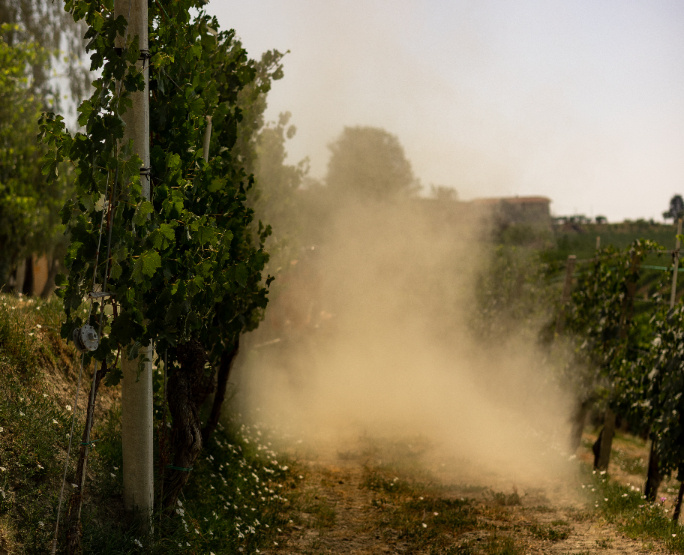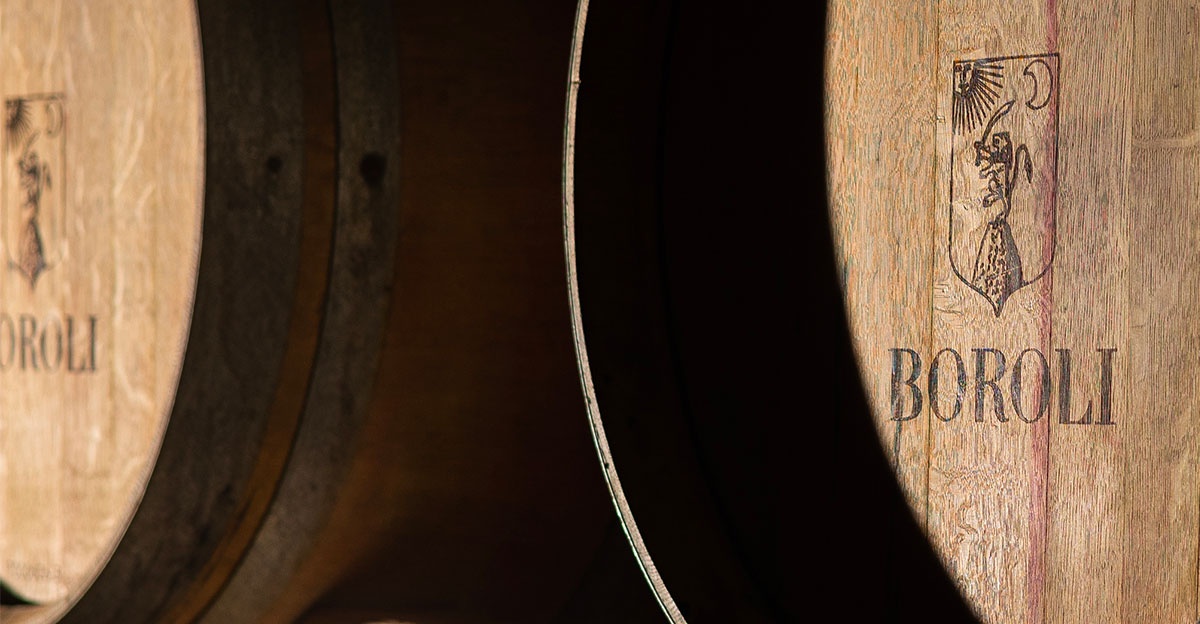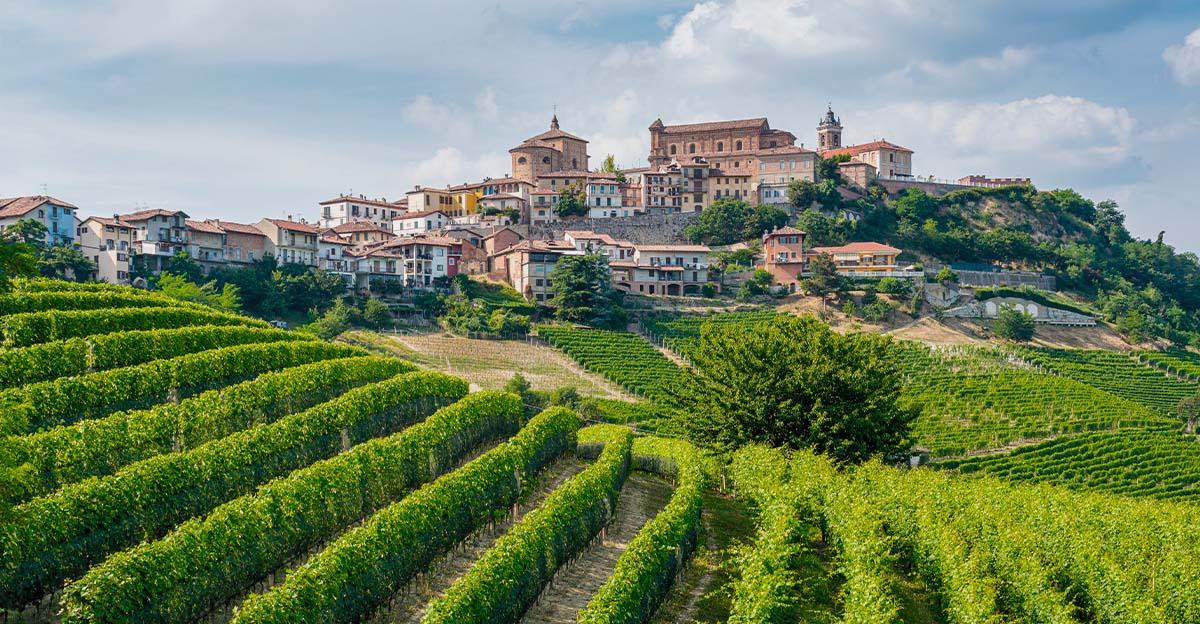Climate change and wine industry
Starting with cultivation techniques, grapevines require ample sunlight and warmth to produce excellent wine. However, when temperatures become excessively high, it leads to a loss of acidity, increased sugar content, and negatively affects fruity aromas.
Many renowned wine-producing regions are at risk of becoming unsuitable for grape cultivation, while previously unexplored areas may take their place. The outburst of English wines in recent years is a clear example. In a country not particularly known for producing fine wines, there are now over five hundred vineyards capable of offering numerous grape varieties.
Climate and suitable cultivation regions are not the only factors undergoing change. The taste of wine is also evolving due to varying environmental conditions and soil composition. Consequently, even if vineyards were relocated northward, it would be extremely challenging to replicate the same flavors that have always characterized certain wines and aromas, such as the velvety and structured taste of Boroli’s Barolo or the full-bodied aroma of Piedmontese Nebbiolo wines in general.
The keyword in the relation between climate change and the wine industry is terroir. From the French language, this term encompasses all environmental factors that can influence the taste of wine (from the geographic area to soil composition, as well as climate conditions). The elements grouped under this name are rapidly changing: higher temperatures result in sweeter and more alcoholic wines. Similarly, wine production in colder countries is increasing, while Mediterranean grape varieties are becoming increasingly challenging to manage.
This presents a problem on two fronts: on one hand, historical wineries may need to reinvent themselves and adjust the flavors of their wines based on new environmental conditions (as seen in certain Bordeaux productions in France); on the other hand, winemakers can choose to move to new destinations to practice this ancient craft, adapting to different cultivation terrains. However, this latter option is not feasible when the bond with the territory is not only tied to the taste of wine but also to the history that connects the cellar, producers, and landscape – virtuous realities rich in traditions, such as the Boroli estate.
How climate change is altering the chemistry of wine?
There are numerous repercussions of global warming on wines, starting with the production process. But how is climate change altering the chemistry of wine? The plants suffer, yields are lower than in the past, and grape clusters are more prone to sunburn. Grapes grow in suboptimal conditions, with the side exposed to the sun drying out while the opposite side fails to ripen properly, resulting in unripe berries.
In this uncertain climate, in response to increasingly difficult consequences to manage, there has been an attempt to preserve traditions, territories, and wines themselves by making small adjustments to traditional production methods. In this context, it is necessary to talk about early harvests. This is a direct consequence of the recent increase in temperatures: with a warmer climate, grapes ripen earlier, although not uniformly, thus necessitating harvesting and processing them in shorter time frames than before. This solution can lead to some complications: early harvests can compromise the proper accumulation of secondary compounds that contribute to the array of aromas characterizing a quality wine.
Learn more about harvesting techniques and timing in our article: “What month is the grape harvest“.






